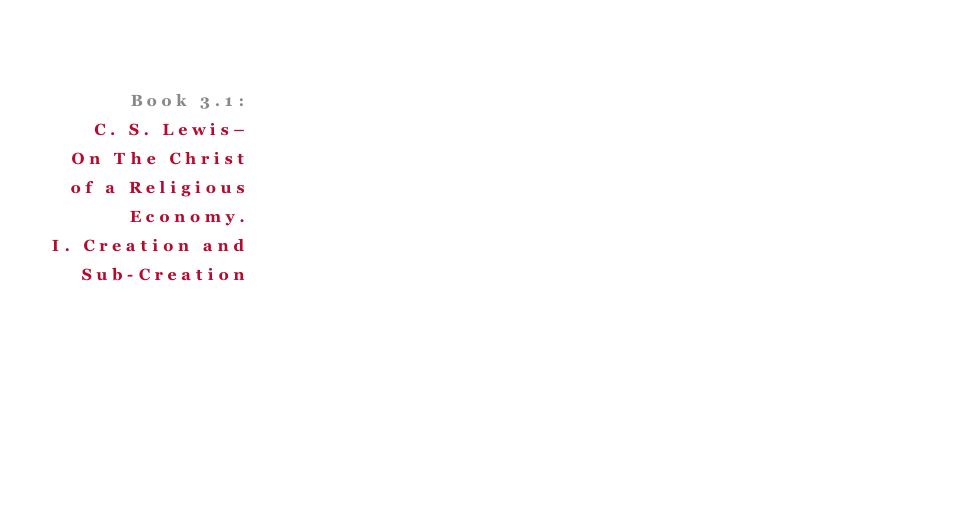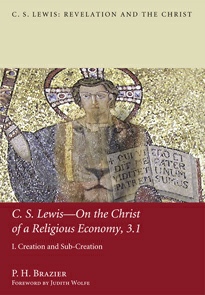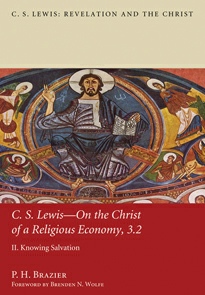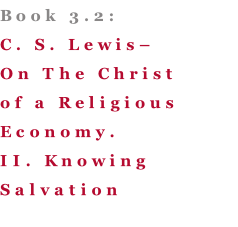

Revelation
The Christ






C. S. Lewis–On The Christ of a Religious Economy.
This is the third book in the series. Because of its length it is to be published in two volumes
(each around 140,000 words in length).
Click on the covers above to see details about each book.
These two book consists of five parts; each chapter opens with a synopsis of the content and argument contained therein.
Some chapters are quite long, but nonetheless are a coherent thematic whole despite their length. All chapters are divided into multiple sections and sub-sections to allow for ease of access to the material contained in these long chapters.
On The Christ of a Religious Economy
At the heart of these two part book is Lewis’s perception and understanding of the economic Trinity, as distinct from the immanent Trinity. The economic Trinity is our understanding of the action of the triune God in our reality, what we take to be the world, the universe; the immanent Trinity is God’s “life,” “existence,” within God’s triune self, the three persons of the holy and indivisible Trinity that subsist and persist in love. Hence, the economic Trinity is about how such a God interacts with humanity and this world, to redeem and raise us up in our fallenness. The action of God in this world – the will of the Father, through Jesus the Christ, through the manifestation of the Holy Spirit, though the churches – this is like the management of a household economy; from the Greek, oikonomia – “household management,” or “the rule or law of the house”.
This results in a hierarchy: after death – the saved and the damned, the elect, the forsaken, with a myriad of variations between people in different "levels" of heaven and hell where all issues from the judgement and righteousness of God, between the saints and the martyred and the ordinary Christian, and between the damned of varying degrees. This was demonstrated in Dante's Commedia, and in Patristic art showing the hierarchy of heaven (Christ sitting in judgment, Mary, the apostles and martyrs, the saints, angels, eschatological beasts from Revelation and Daniel, and so forth). This flies in the face of much modern and liberal, egalitarian and democratic, concepts of equality (where self-definition leads to a republic of heaven), yet every human is ultimately responsible for the position they are in while alive, and post mortem. From Cain and Abel, to Jacob and Esau, from Simon Peter to Judas Iscariot, from the teeming millions alive today explicitly or implicitly living for Christ, or for themselves, governing all is the Christ who observes and assists humanity–if they will accept his righteous justifying judgment.
Thus we have the Christ of a Religious Economy.


Home
Book One
Book Two
Book Three
Book Four
Links
Contact
“In the Highest Degree”








Author

